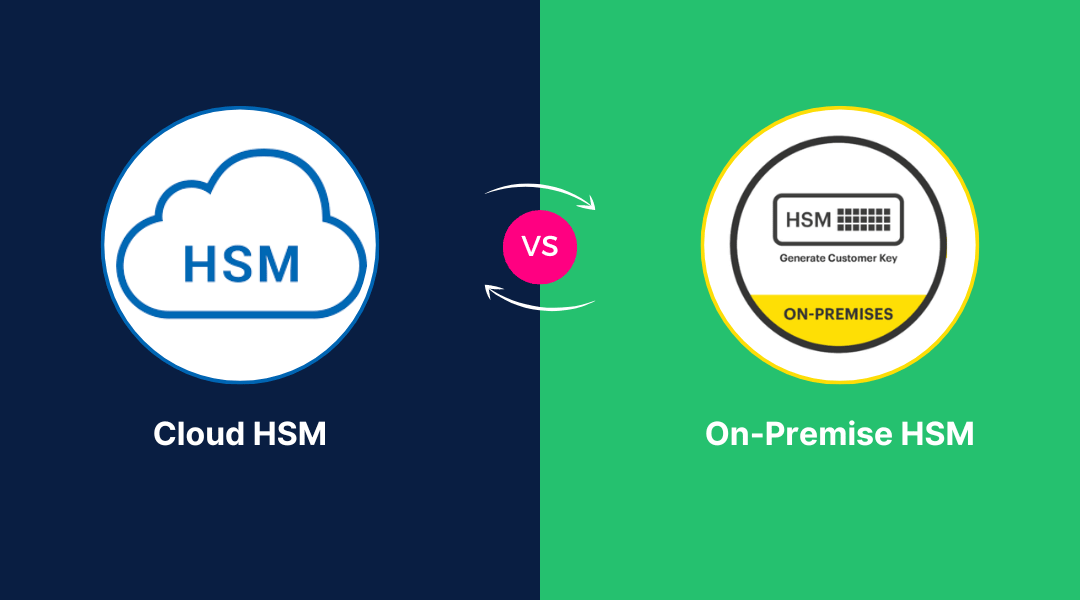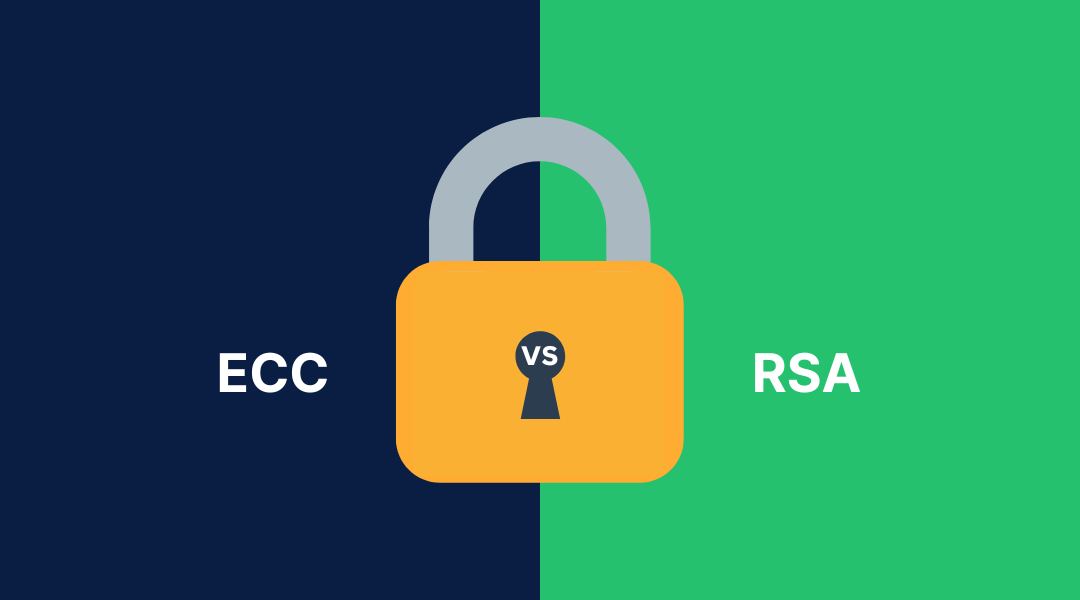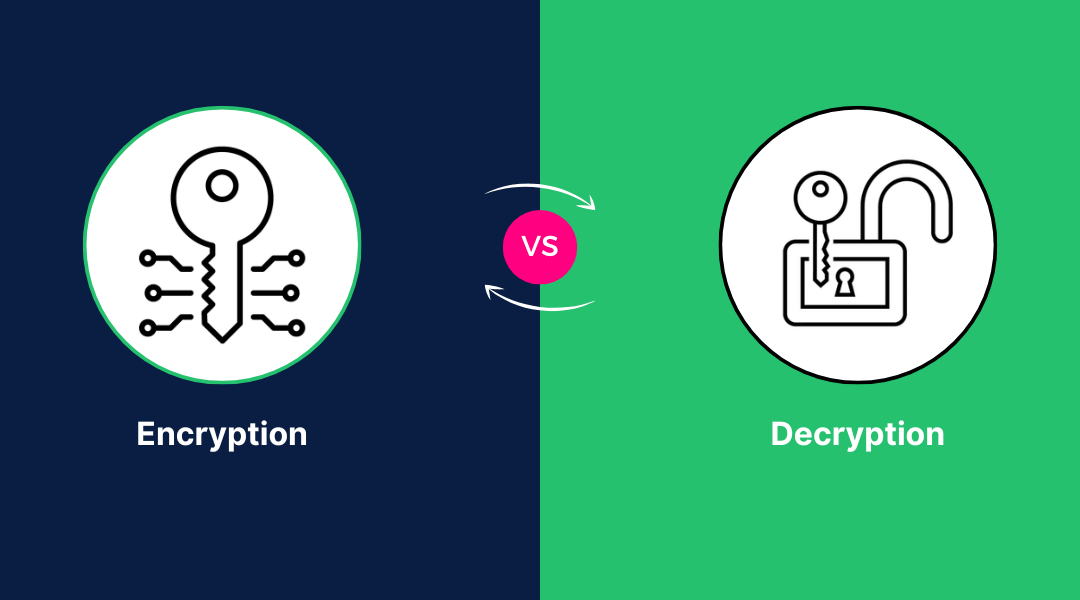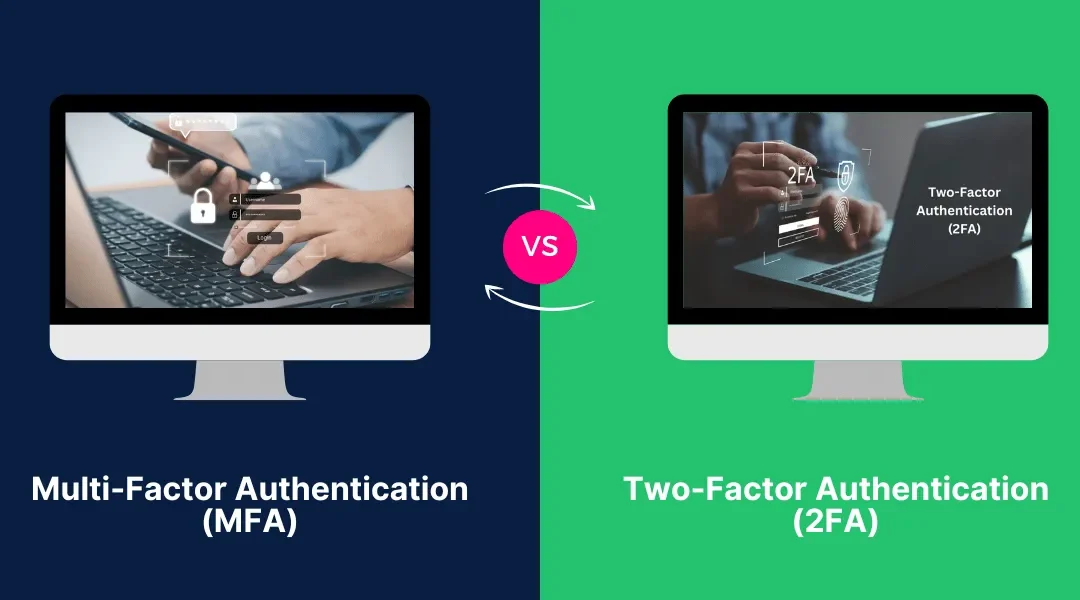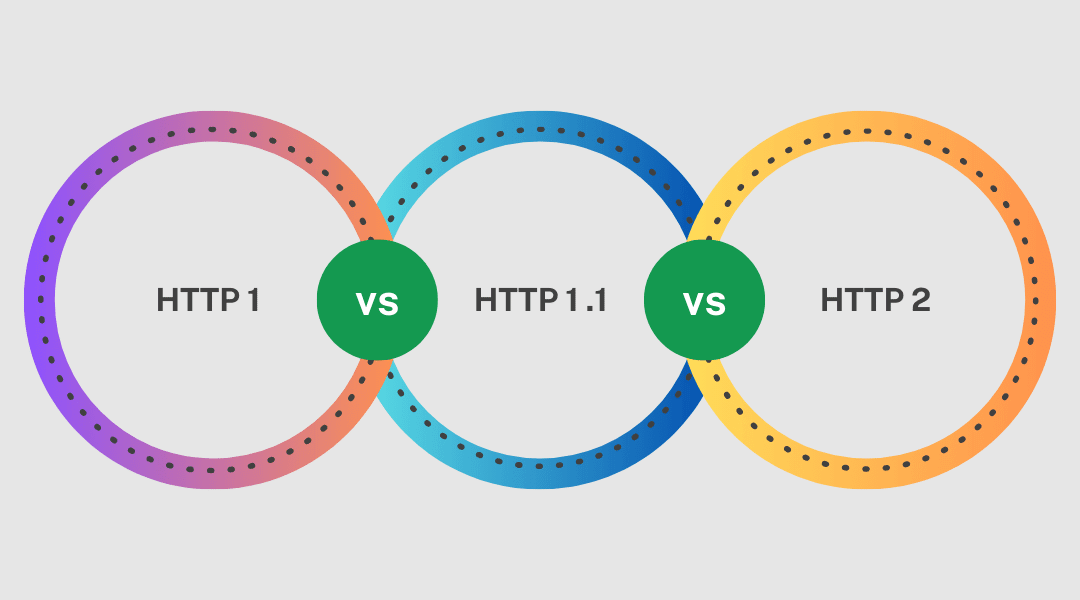What’s the Difference between AES and DES Ciphers Encryption algorithms like AES Cipher and DES Cipher are not just theoretical concepts but essential tools for protecting sensitive data in today's digital world. When comparing AES Cipher vs DES Cipher, it's not just...


